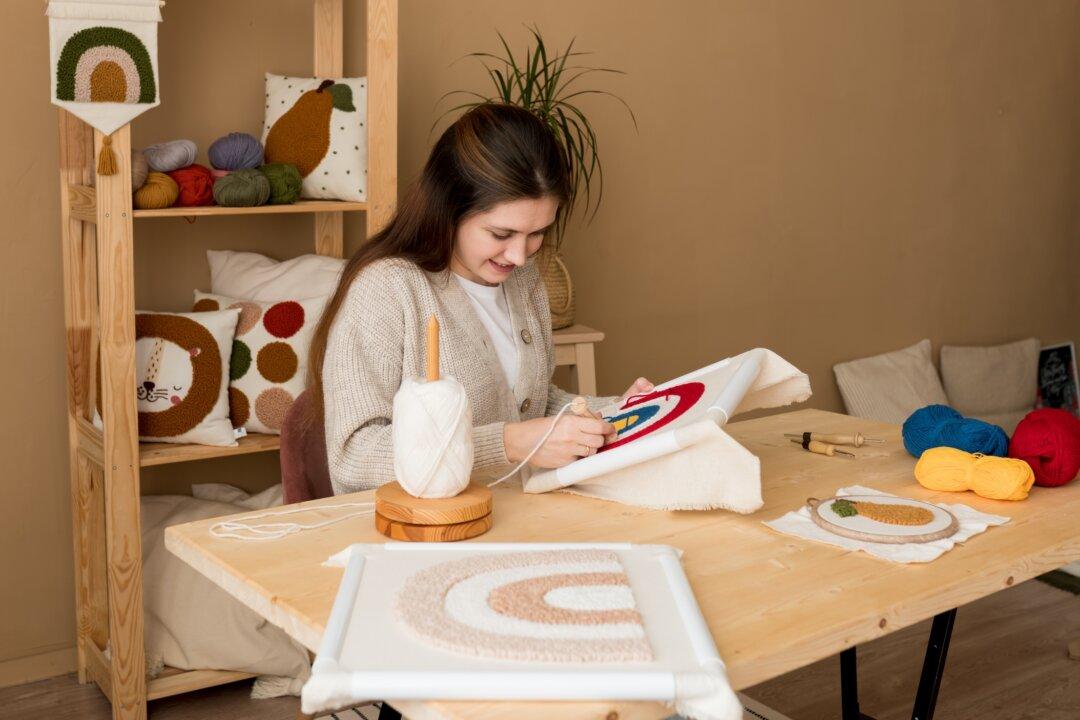Big, leafy indoor plants have been all the rage and one of the most popular fads for the past few years. They’re obviously not a new thing, but it seems that every new home turns to these green beauties to decorate and fill each nook and cranny of space.
But for me, indoor plants have become more than just a fad or pretty decoration. Over the past decade of learning how to take care of them, I’ve grown to appreciate the process and seeing my plants thrive with good care.






